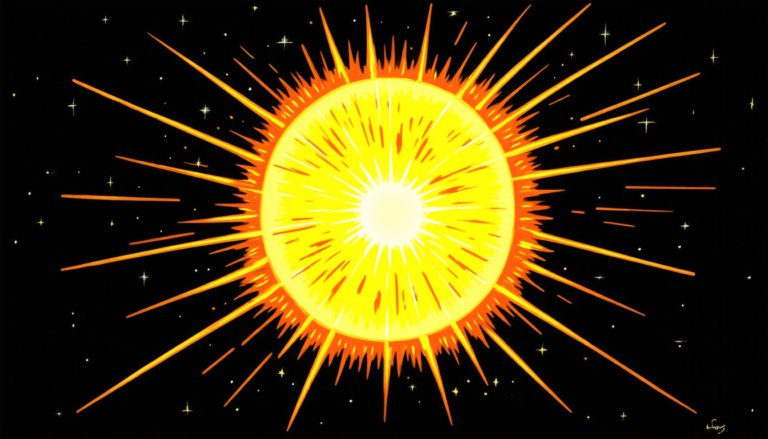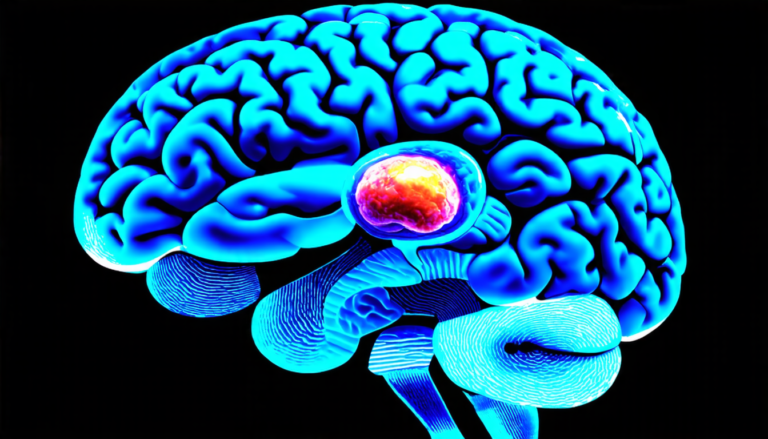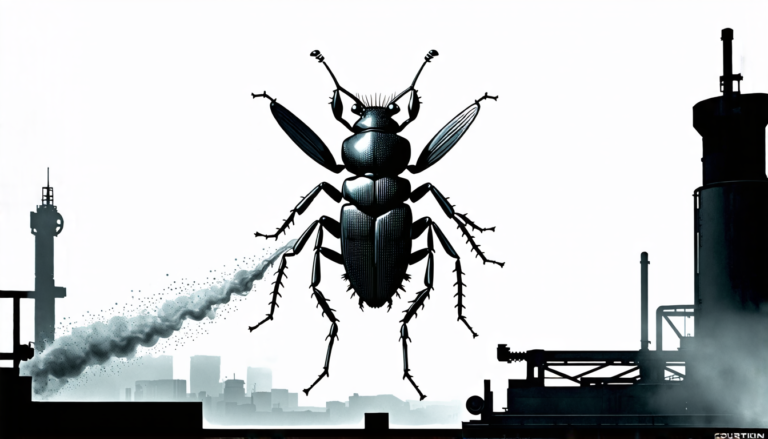Tuesday 24 June 2025
The intricate dance of energy transfer between vibrating modes has long fascinated scientists and engineers. Recently, a team of researchers delved into this complex phenomenon, exploring how external mechanical forces can impact the transfer of energy between different vibration modes in non-ideal systems.
Non-ideal systems are those that don’t quite fit the idealized models used to describe real-world phenomena. These systems often exhibit characteristics like limited power supply, nonlinear behavior, and varying frequencies, making them more challenging to study. The researchers focused on a specific type of non-ideal system: those with external mechanical forces that vary in frequency over time.
To better understand this complex process, the team employed advanced mathematical tools, such as Jacobi-Anger expansion, to model the energy transfer between vibration modes. They also analyzed various scenarios, including systems with fractional damping and nonlinear stiffness, to gain insight into how different parameters influence the energy transfer.
One of the most significant findings was the discovery that the energy transfer process can exhibit unique characteristics depending on the external mechanical force’s frequency variation. In some cases, the energy transfer was found to be more efficient when the frequency varied in a specific pattern. This has important implications for fields like energy harvesting and vibration-based sensing, where efficient energy transfer is crucial.
The researchers also explored the role of non-ideal sources of energy, which are often limited in power supply or exhibit nonlinear behavior. By studying these systems, they found that the energy transfer process can be affected by the non-ideality of the source, leading to interesting and complex phenomena like self-synchronization between different vibration modes.
The study’s findings have far-reaching implications for various fields, from mechanical engineering to biomechanics. For instance, understanding how external forces impact energy transfer in non-ideal systems could lead to the development of more efficient energy harvesting technologies or improved designs for mechanical devices.
Moreover, the research highlights the importance of considering non-idealities in complex systems. By acknowledging and addressing these imperfections, scientists can better model and predict real-world phenomena, ultimately leading to breakthroughs in fields like materials science, physics, and biology.
As researchers continue to explore the intricate dance of energy transfer between vibrating modes, they are uncovering new insights into the behavior of non-ideal systems. These findings have the potential to revolutionize our understanding of complex phenomena and pave the way for innovative applications in various fields.
Cite this article: “Unraveling the Complex Dance of Energy Transfer: Insights from Non-Ideal Systems”, The Science Archive, 2025.
Energy Transfer, Vibration Modes, Non-Ideal Systems, External Mechanical Forces, Frequency Variation, Energy Harvesting, Sensing, Nonlinear Behavior, Self-Synchronization, Complex Phenomena







